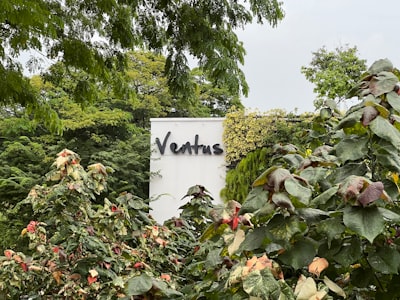Summary
Hindustan Zinc, a leading Indian miner and a subsidiary of Vedanta, is setting its sights on rare earth minerals—particularly neodymium, a vital component in permanent magnets used in advanced technologies like electric vehicles and wind turbines. According to CEO Arun Misra, the plan to mine and process neodymium in India could take up to five years to materialize, primarily due to challenges in establishing a domestic supply chain that can rival China's current dominance.
Analysis
This development highlights several interconnected issues. Firstly, India's desire to develop its own rare earth industry stems from geopolitical and strategic concerns: China overwhelmingly controls the global supply of rare earths, making international markets—and by extension, critical industries—vulnerable to policy shifts or export restrictions from Beijing. Hindustan Zinc's initiative signals both an acknowledgment of the risks associated with import dependency and a government-industry push to build resilience in key supply chains.
However, the CEO's caution about the five-year timeframe underscores the considerable barriers: mining access regulations, technological know-how, environmental challenges, and the creation of a full value chain from extraction to processing. There are also likely infrastructural and bureaucratic hurdles in India's mining sector, which has historically struggled with efficiency and transparency. Notably, the company’s focus on neodymium reflects global demand trends tied to the clean energy transition—where rare earths are a linchpin for sectors prioritized in net-zero strategies.
Discussion
The ambition to challenge Chinese dominance in rare earths is not unique to India; the US, EU, Australia, and Japan have all launched policies promoting domestic or allied rare earth supply chains. India's entry into this race is both economically pragmatic and geopolitically significant, offering hope for greater diversification in global supply and potential stimulation of domestic high-tech manufacturing. Yet, such shifts rarely occur quickly: the five-year estimate may prove optimistic given India's regulatory climate and the complexity of scaling such a nascent industry.
This topic matters because rare earth security touches on national security, economic autonomy, technological advancement, and environmental stewardship. It invites questions such as: Can India successfully nurture a rare earths sector without replicating the environmental costs seen in other countries? Will the government invest sufficiently in research, training, and infrastructure? How might local communities respond to new mining activities, and what ethical frameworks will be established to govern this critical sector?
In essence, Hindustan Zinc's plans are a microcosm of wider economic, technological, and environmental contests at play on the world stage. As countries compete—but must also cooperate—over materials crucial for green technologies, the choices made by firms like Vedanta in the next half-decade will help shape the global landscape for decades to come.

Comments
No comments yet. Be the first to comment!